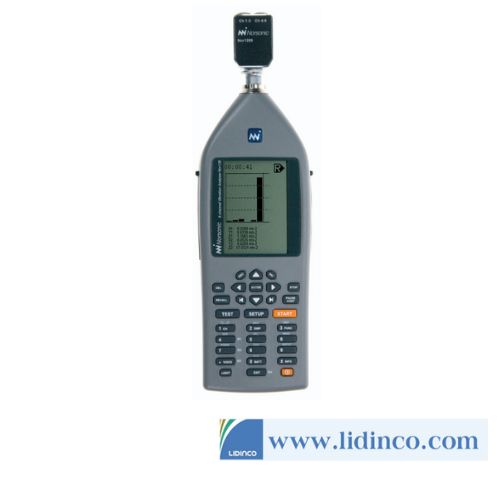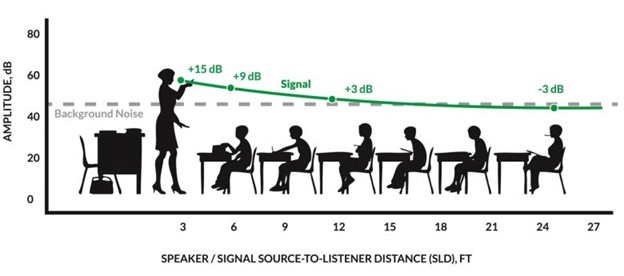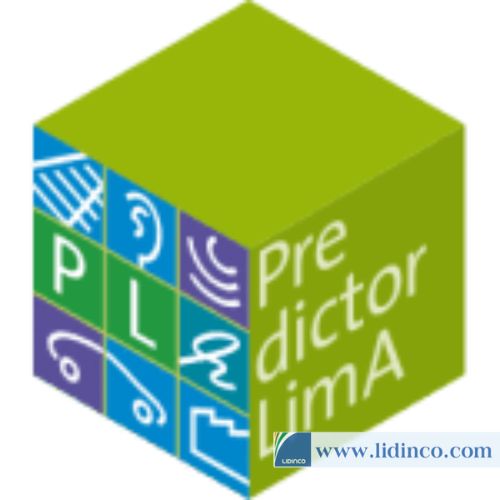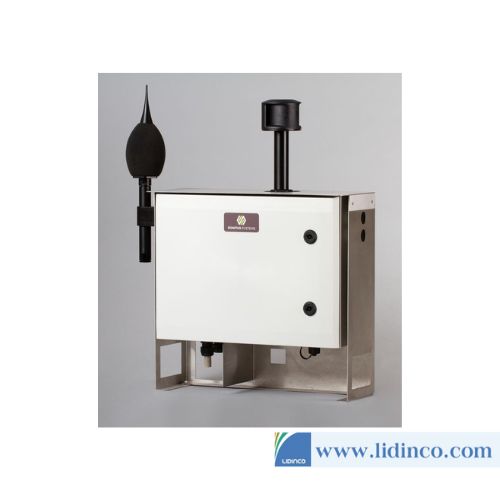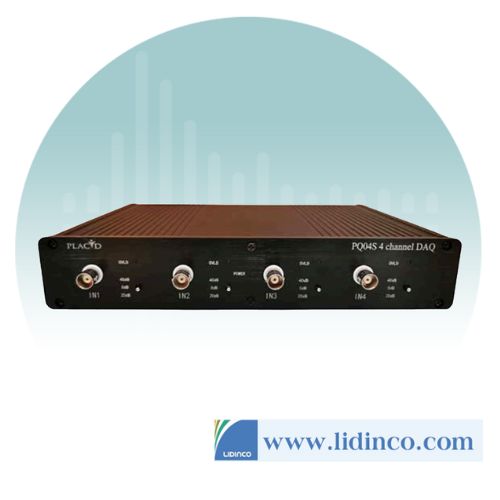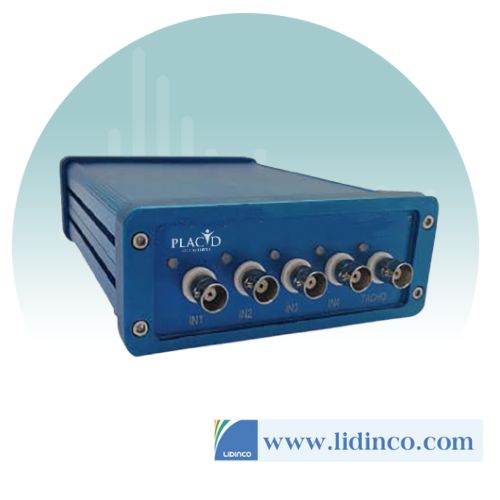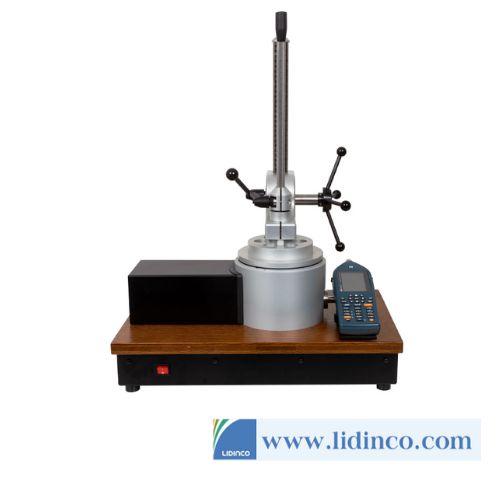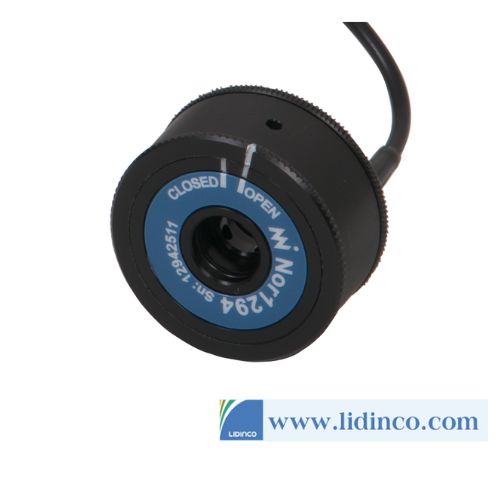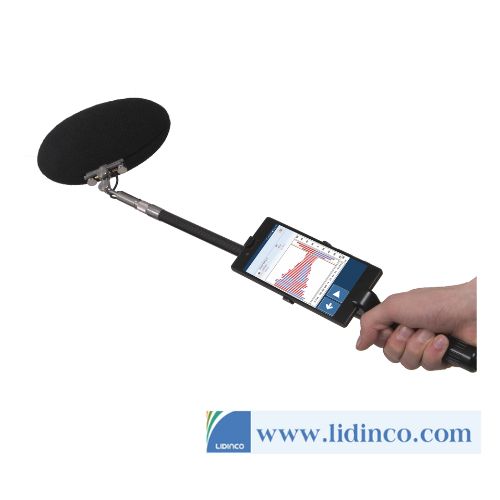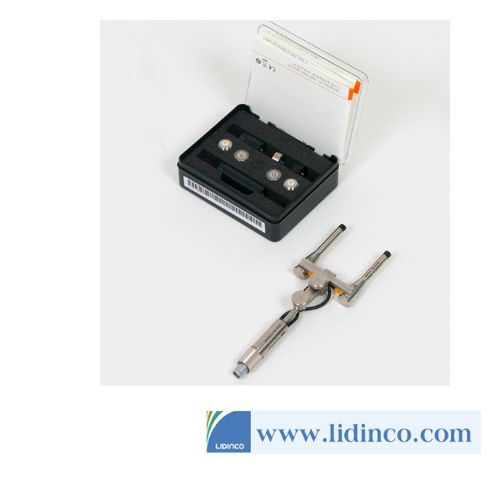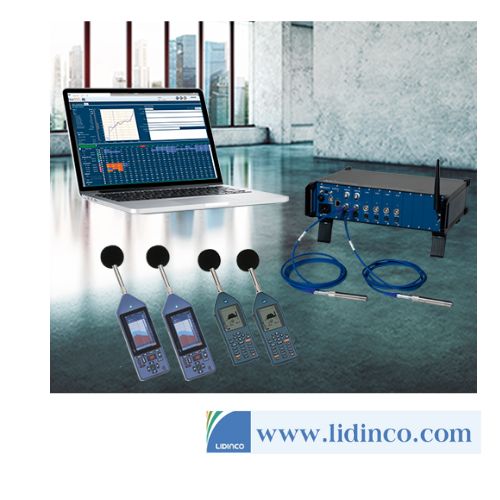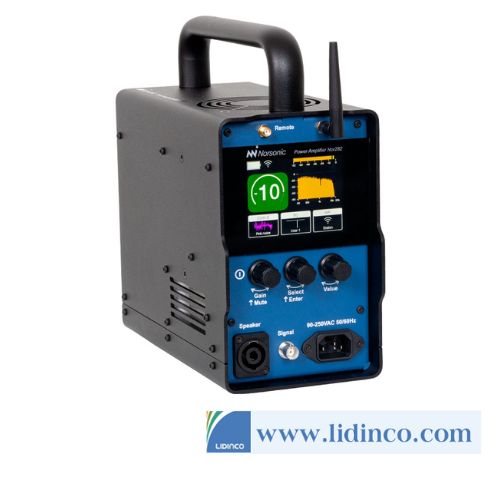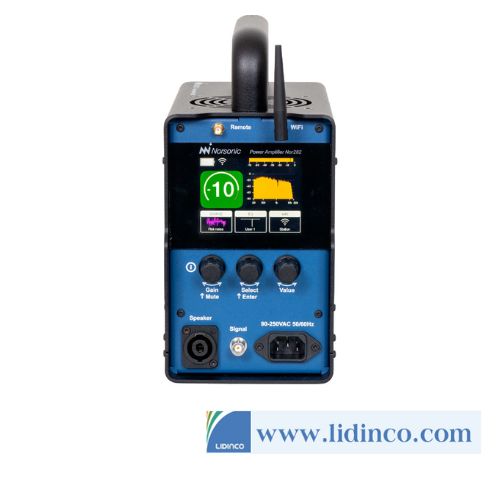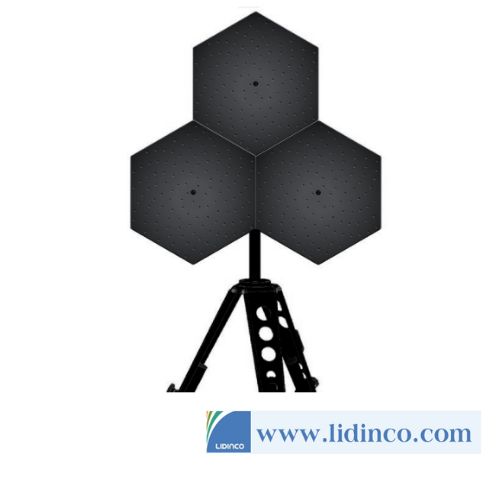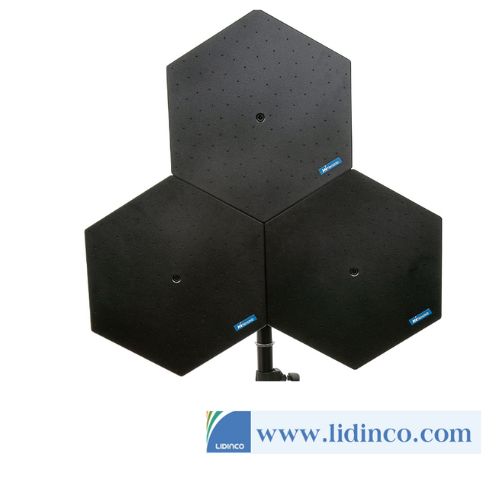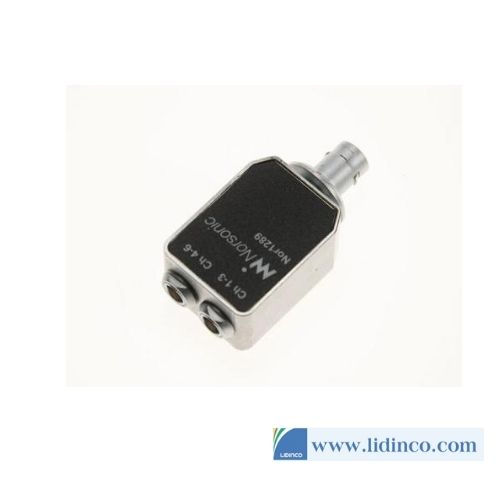Calibration system Norsonic Nor1504A
Hotline: +84 906 988 447
Head Office: Ho Chi Minh City
- Tel: +84 2839 778 269 / 3601 6797
- Email: sales@lidinco.com
- Add: 487 Cong Hoa Street, Ward 15, Tan Binh Dist, HCM City, Vietnam
Office: Bac Ninh City
- Tel: +84 222 730 0180
- Email: bn@lidinco.com
- Add: 184 Binh Than Street, Vo Cuong Ward, Bac Ninh City, Vietnam
-
 Technical Counseling
100% Free
Technical Counseling
100% Free
-
 Free Shipping
For 3.000.000vnd Order
Free Shipping
For 3.000.000vnd Order
Specification
Data is being updated
Description
- Did you know that all the equipment needed to build up your own Calibration Laboratory is available as off-the-shelf products from Norsonic AS?
Uses
- Acoustical and electrical calibration of sound measuring instruments, measuring microphones and sound calibrators in accordance with the applicable national and international standards.
Features
- Fast and accurate calibration of sound measuring instrumentation.
- Frequency response calibration of microphones using electrostatic actuator.
- Sensitivity calibration of microphones using the insert voltage method ensures a high degree of accuracy.
- Fast and accurate calibration of sound calibrators, pistonphones in accordance with IEC 60942.
- Sound level meter calibration in accordance with IEC 61672, IEC 60651, IEC 60804, DIN 45657, ANSIS 1.4, ANSIS 1.43 and BS 7580.
- Test of fractional octave filters in accordance with IEC 225 and 61260.
- Full test report generated.
- Built-in self-test features.
- The calibration system Nor1504A is capable of calibrating virtually any type of sound measuring instruments, sound calibrators and microphones commercially available, provided that they have been designed in accordance with applicable international standards. Hence, the system is by no means limited to Norsonic products alone.
- The process of verification and calibration of sound level meters in accordance with international standards is in general divided into an electrical and an acoustical part (e.g. IEC 61672 and BS 7580).
Functionality
- The Norsonic Calibration System for sound measuring instruments – our type Nor1504A – is mainly designed for calibration, but by using anechoic and climatic chambers etc., it is possible to apply the system to type approvals as well, since all the test signals needed, can be generated.
Calibration of calibrators
- Measurements according to IEC 60942.
- Observed sound level in dB re. 20µPa.
- Sound level corrected for pressure, temperature and humidity.
- Short term stability expressed in dB (option).
- Output frequency in Hz.
- Total distortion in % (option).
- When measurements are repeated, the expanded uncertainty as a combination of the uncertainty of the test system and the repeatability of the measurements are calculated. This includes the calculation of the standard deviations, degrees of freedom and coverage factor which are needed to estimate the 95% expanded uncertainty.
Calibration of microphones
- Measurements made in accordance with IEC 61094.
- Sensitivity of the microphone as mV/Pa and dB rel.1V/Pa.
- Frequency response using an electrostatic actuator in the frequency range 200-20000Hz.
- Frequency response using an anechoic chamber in the frequency range 20-20kHz (option).
- The microphone cartridge capacitance [pF] (option).
- The expanded uncertainty of the sensitivity measurements is calculated as a combination of the uncertainty of the test system and the repeatability of the measurements. This includes the calculation of the standard deviations, degrees of freedom and coverage factor which are needed to estimate the 95% expanded uncertainty.
Periodic verification of sound measuring instruments
- Measurements can be made in accordance with several standards. (IEC 60651, IEC 60804, ANSI S1.4, ANSI S1.43, DIN 45657,
- IEC 225, IEC 61260, IEC 60252, BS 7580 part 1 and IEC 61672 part 3.).
- Accuracy of input range selector.
- Level linearity.
- Spectral weighting networks A, B, C, Z, Lin and Flat.
- F, S, and I time constants. Pulse measurement capability.
- RMS detector capability.
- Overload detector.
- Inherent noise using microphone equivalent.
- Integrating averaging functions Leq and SEL.
System Description
- Typical configuration:
- Computer
- Voltmeter
- Sound isolating measurement chamber with reference microphone
- Thermometer/hygrometer
- Barometer\
- Signal generator
- Test Unit
- Sound Calibrator
- The test system is based on a PC controlling the signal generator, voltmeter, test unit and the DUT (Device Under Test).
- The computer also reads the barometer, the hygrometer and the thermometer which all are included with the system in order to provide the required environmental data in a fast and accurate manner for the calibration reports.
- The system permits the use of precision barometers, hygrometers and thermometers not equipped with digital interfaces. The values are then keyed in manually.
- These parameters are also needed to refer the measurements to reference conditions.
- A calibration is normally divided into three main parts; viz. electrical calibration of the sound measuring instrument, calibration of the microphone and – if applicable – calibration of the sound calibrator. An overall system calibration is made at the end in order to adjust the sound measuring instrument to the correct microphone sensitivity.
Acoustical reference
- Reference calibrators and microphones must be ordered separately.
- The Sound Level Calibrator Nor1253 is a Type 0L calibrator and is recommended as an alternative to a pistonphone. Both 124dB @ 250Hz and 124dB @ 1000Hz versions are available.
- The reference microphone Nor1236/REF is a ½” pressure microphone with a nominal sensitivity of 12.5mV/Pa. The reference microphones have been carefully selected and measured thoroughly throughout a period of minimum nine months to document their stability.
Correction for environmental parameters
- Environmental parameters, such as temperature, humidity and atmospheric pressure may influence on the calibration results. Hence, it is important to apply corrections to the reference microphones, sound calibrators and the measuring results from the device under test due the influence of ambient temperature, ambient humidity and ambient pressure.
- The calibration system may be delivered with or without an instrument for measuring (and logging of) the environmental conditions. Systems delivered without this option require these parameters measured with other devices, and the ambient pressure, humidity and temperature must then be keyed in manually.
- The accuracy of sensitivity calibrations made on pistonphones and certain sound calibrators (those prone to significant ambient pressure sensitivity) is closely connected to the accuracy of the environmental measurement devices.
Calibrating the system itself
- The annual calibration cost of the system itself (to ensure it maintains its accuracy) is low, since it will be necessary to calibrate just a few key components rather than the entire system. A self test program has been designed to run at predefined intervals to test the electrical performance of the system. It calibrates the frequency response and the attenuator of the signal generator and the test unit.
- The standard system is delivered as a system with traceable calibration, but it may be delivered with accredited calibration at additional cost.
- Contact us for more information.
Accessories
Reviews & Comments
Please login to write review!

